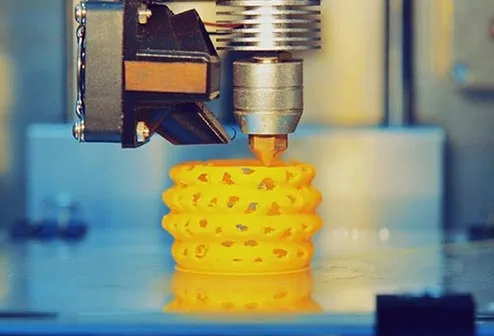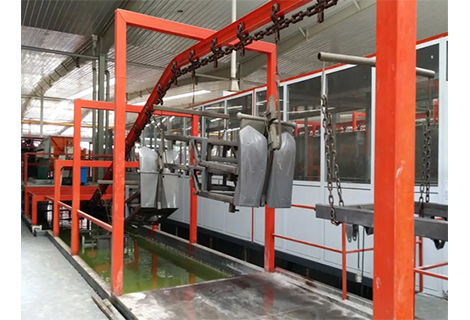Anodised aluminium has become a buzzword in various industries, from automotive to electronics, and for good reason. This process transforms regular aluminium into a powerhouse material with enhanced properties, making it a staple in modern manufacturing. Let's dive into 4 key things you should know about anodised aluminium.
At its core, anodised aluminium is aluminium that has undergone a unique electrolytic process. This process forms a robust layer of aluminium oxide on the surface, which not only enhances corrosion and wear resistance but also gives it that sleek, modern appearance. At its essence, anodized aluminium is far more than just a metal; it's a result of a meticulously orchestrated electrolytic process that transforms regular aluminium into a material of remarkable resilience and aesthetic allure. The implications of this transformation are profound, transcending mere appearance and delving into the realms of corrosion and wear resistance.
Imagine the surface of aluminium being imbued with an invisible shield, one that battles against the forces of corrosion and wear. This is precisely what anodised aluminium offers. Through the application of controlled electrical currents, anodising triggers a chemical metamorphosis, inducing the formation of a protective aluminium oxide layer that stands resolute against the ravages of time and the elements. This layer is more than skin-deep; it's a fortress that safeguards the metal beneath, enhancing its longevity and ensuring that the passage of time leaves only a gentle mark.
Perhaps one of the most captivating aspects of anodised aluminium is its ability to manifest as a canvas of color. The layer of aluminium oxide, receptive to pigments infused during the electrolytic process, transforms the metal into a vivid spectrum of hues. This allows manufacturers and designers to transcend the boundaries of monochrome, introducing colors that resonate with brand identities or evoke emotional responses. Whether it's a vibrant red, a soothing blue, or a striking green, anodized aluminium captures the imagination in a technicolor embrace.
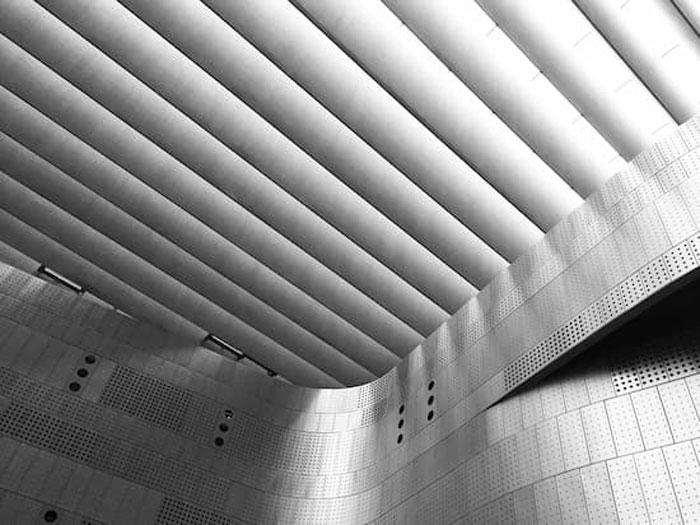
To understand what is anodizing aluminium, each step of aluminium anodizing contributes to the creation of a protective and visually appealing oxide layer, turning regular aluminium into a versatile and resilient material. Let's break down the anodizing process into a step-by-step exploration:
It begins with preparing the aluminium surface. It undergoes mechanical pre-treatment, which involves cleaning and possibly polishing the surface to remove any impurities, dirt, or debris that could interfere with the subsequent steps.
This step ensures that all traces of oils, greases, and other contaminants are removed from the surface, creating a clean canvas for the anodizing process.
To further enhance the surface's readiness for anodizing, alkaline etching is employed. This step involves immersing the aluminium in an alkaline solution. The solution's mild corrosive properties help create a textured surface, promoting better adhesion of the oxide layer to come.
Residues from the alkaline etching process, known as "ash," are carefully removed to ensure a pristine surface.
Depending on the desired finish, a polishing step can be introduced. This refines the aluminium's surface, resulting in a smoother and more reflective appearance.
The alumiinum piece is now ready for the anodizing bath. This bath consists of an electrolyte solution, typically containing sulfuric acid.
Here comes the main event—aluminium anodizing. The aluminium piece acts as the anode in an electrolytic cell, and an electric current is applied. As a result, oxygen ions are released at the surface of the aluminium, leading to the formation of a layer of aluminium oxide. This oxide layer is not only incredibly thin but also incredibly durable and protective.
If color customization is desired, dyeing can be introduced at this stage. By adding pigments to the electrolyte solution, the oxide layer can be imbued with a spectrum of colors.
Following the anodizing and potentially dyeing stages, the aluminium part undergoes sealing. This involves immersing the piece in hot water or another sealing solution. Sealing helps to close the pores of the oxide layer, enhancing its corrosion resistance and locking in vibrant colors, if dyeing was performed.
After sealing, the aluminium part is thoroughly rinsed to remove any residual chemicals from the previous steps. Once clean, the piece is carefully dried to ensure the oxide layer remains intact and the desired finish is achieved.
This meticulous journey from mechanical pre-treatment to sealing encapsulates the craftsmanship and science behind anodized aluminium, making it a coveted choice for industries seeking performance, aesthetics, and longevity.
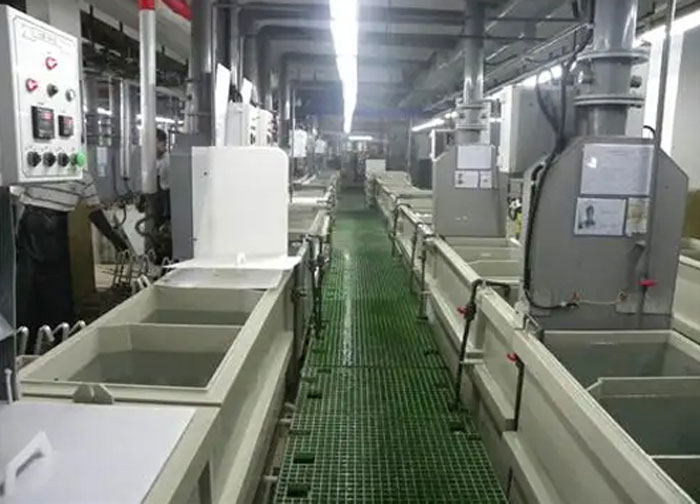
From the intricate workings of aerospace engineering to the intricate precision of medical devices, anodised aluminium stands as a steadfast ally, meeting the demands of rigorous applications with finesse.
Aerospace Advancements
Anodised aluminium rises to this challenge, offering a combination of lightweight construction and robust durability that's essential for aircraft components. Its corrosion-resistant surface lends itself well to withstanding the harsh environments of the skies, ensuring safety and longevity in an industry where precision is non-negotiable.
Medical Marvels
The medical sector demands materials that are not only clinically safe but also capable of enduring sterilization processes without compromising structural integrity. Anodised aluminium answers this call by providing a surface that's not only easy to clean but also resistant to wear and tear.
Automotive Industry
The automotive industry is a realm where performance, aesthetics, and longevity converge. Anodized aluminium's lightweight nature contributes to fuel efficiency, while its corrosion resistance combats the wear and tear brought about by road conditions and exposure to the elements. Furthermore, its ability to be dyed allows manufacturers to infuse vehicles with an individualized flair.
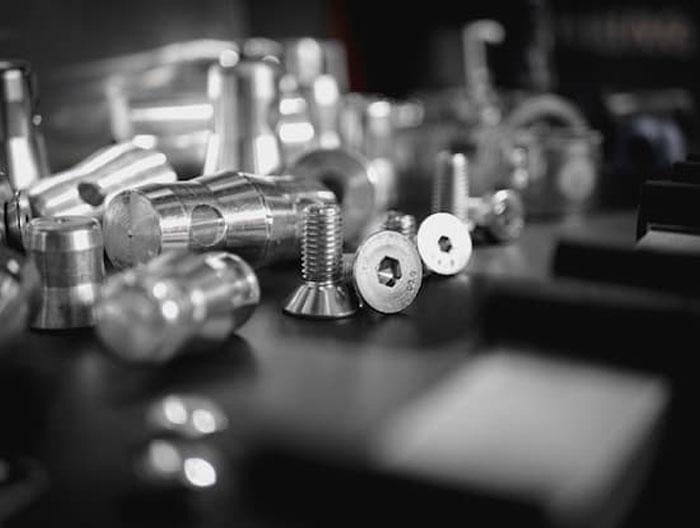
In the intricate world of aluminium anodizing, one size rarely fits all. This nuanced process demands a bespoke approach, and this is where manufacturers like Richconn-CNC shine. With an unwavering commitment to precision and innovation, they seamlessly blend the art and science of anodizing to provide custom solutions that cater to a diverse array of needs. The journey of over a decade reflects a deep-seated commitment to delivering top-notch products that surpass expectations. As a prominent name in the CNC machining arena, Richconn-CNC has earned its stripes by offering an array of advanced manufacturing services.
The Essence of Customization
As a professional surface finishing supplier, Richconn recognizes that each project comes with its own set of requirements and specifications. Whether it's achieving a specific thickness for the oxide layer, selecting a particular color palette, or even incorporating a distinct texture through sandblasting, Richconn-CNC's approach revolves around tailoring the anodizing process to align perfectly with client expectations.
A Symphony of Specifications
The Richconn team of experts delves deep into the technicalities to understand the material, the intended application, and the desired outcomes. Armed with this knowledge, they craft a bespoke solution that factors in variables like the alloy composition, oxide layer thickness, color preferences, and even the desired texture.
Precision Meets Creativity
Richconn takes customization to the next level by offering clients the ability to integrate anodizing with sandblasting. This duo creates a textured surface that not only enhances the aesthetic appeal but also adds an element of uniqueness.
The Client-Centric Philosophy
At the heart of Richconn's approach lies a profound dedication to their clients. They understand that every project has distinct goals and challenges, and they embrace these variables as opportunities to excel. The commitment extends beyond the process itself.
Click it ↓ to get your custom CNC machining services NOW >>>
Anodised aluminium is a remarkable transformation of regular aluminium, achieved through a meticulous electrolytic process that engenders a resilient aluminium oxide layer. This process not only enhances corrosion and wear resistance but also offers a vibrant palette of customizable colors, making it a sought-after material across industries. But this must rely on a powerful manufacturer like Richconn. It always offers precise custom aluminum anodizing services with a fast turnaround time. Why not contact it for free?
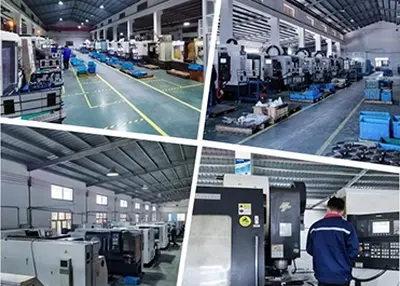 How long does it take to CNC machine a simple part?November 1, 2023CNC machining, as an important process in the modern manufacturing field, has been widely used in various industries to realize the manufacturing of precision parts through the intelligent control of computers. In the manufacturing process, the complexity of the part has a great impact on the machining time. In this paper, we will discuss the time required for CNC machining from the perspective of simple geometry to highly complex structures, and analyze in depth the influence of geometry, machining process and related parameters on machining time.view
How long does it take to CNC machine a simple part?November 1, 2023CNC machining, as an important process in the modern manufacturing field, has been widely used in various industries to realize the manufacturing of precision parts through the intelligent control of computers. In the manufacturing process, the complexity of the part has a great impact on the machining time. In this paper, we will discuss the time required for CNC machining from the perspective of simple geometry to highly complex structures, and analyze in depth the influence of geometry, machining process and related parameters on machining time.view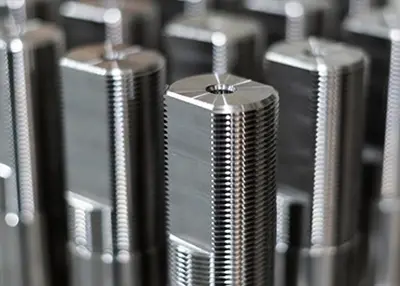 Some Knowledge You Need to Learn About Tapped HoleNovember 16, 2023Do you need taped holes? This article covers the factors you must consider to manufacture the tapped hole during the process.view
Some Knowledge You Need to Learn About Tapped HoleNovember 16, 2023Do you need taped holes? This article covers the factors you must consider to manufacture the tapped hole during the process.view Building Resilient Supply Chains: Five Ways to Increase ResilienceOctober 10, 2023As supply chains become more complex and the number of unforeseen disruptions increases, risk management strategies become critical for companies. Companies must be able to identify potential risks and vulnerabilities in their supply chains early and mitigate them before they become significant issues.view
Building Resilient Supply Chains: Five Ways to Increase ResilienceOctober 10, 2023As supply chains become more complex and the number of unforeseen disruptions increases, risk management strategies become critical for companies. Companies must be able to identify potential risks and vulnerabilities in their supply chains early and mitigate them before they become significant issues.view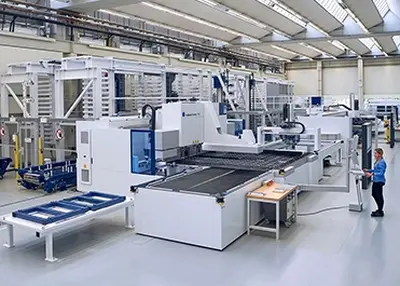 CNC Machining Workshop: The Magic Place of Modern ManufacturingNovember 1, 2023A Numerical Control Shop is a term widely used in the manufacturing industry to refer to a factory or shop that utilizes computer technology and numerical control (NC) equipment to control and automate machining and manufacturing processes.view
CNC Machining Workshop: The Magic Place of Modern ManufacturingNovember 1, 2023A Numerical Control Shop is a term widely used in the manufacturing industry to refer to a factory or shop that utilizes computer technology and numerical control (NC) equipment to control and automate machining and manufacturing processes.view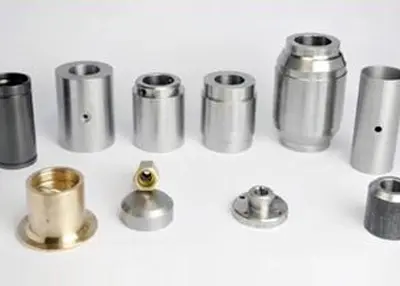 What is a shaft in manufacturing? Detailed Process and TypesMay 4, 2024Explore the detailed process of shaft machining, its types, and surface finish choice. Discover challenges where shaft machining could be avoided.view
What is a shaft in manufacturing? Detailed Process and TypesMay 4, 2024Explore the detailed process of shaft machining, its types, and surface finish choice. Discover challenges where shaft machining could be avoided.view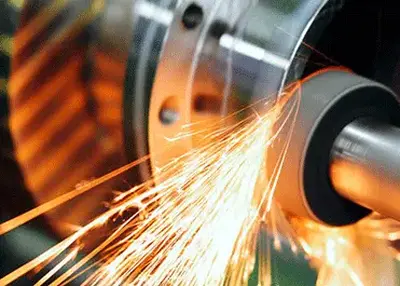 What is Precision Grinding & Types, Materials, ProcessesNovember 27, 2023The so-called precision grinding process is to utilize fine-grained abrasive grains and micro-powder to process ferrous metals, hard and brittle materials, etc., in order to obtain high machining accuracy and low surface roughness values.view
What is Precision Grinding & Types, Materials, ProcessesNovember 27, 2023The so-called precision grinding process is to utilize fine-grained abrasive grains and micro-powder to process ferrous metals, hard and brittle materials, etc., in order to obtain high machining accuracy and low surface roughness values.view
 EN
EN
 ru
ru 

